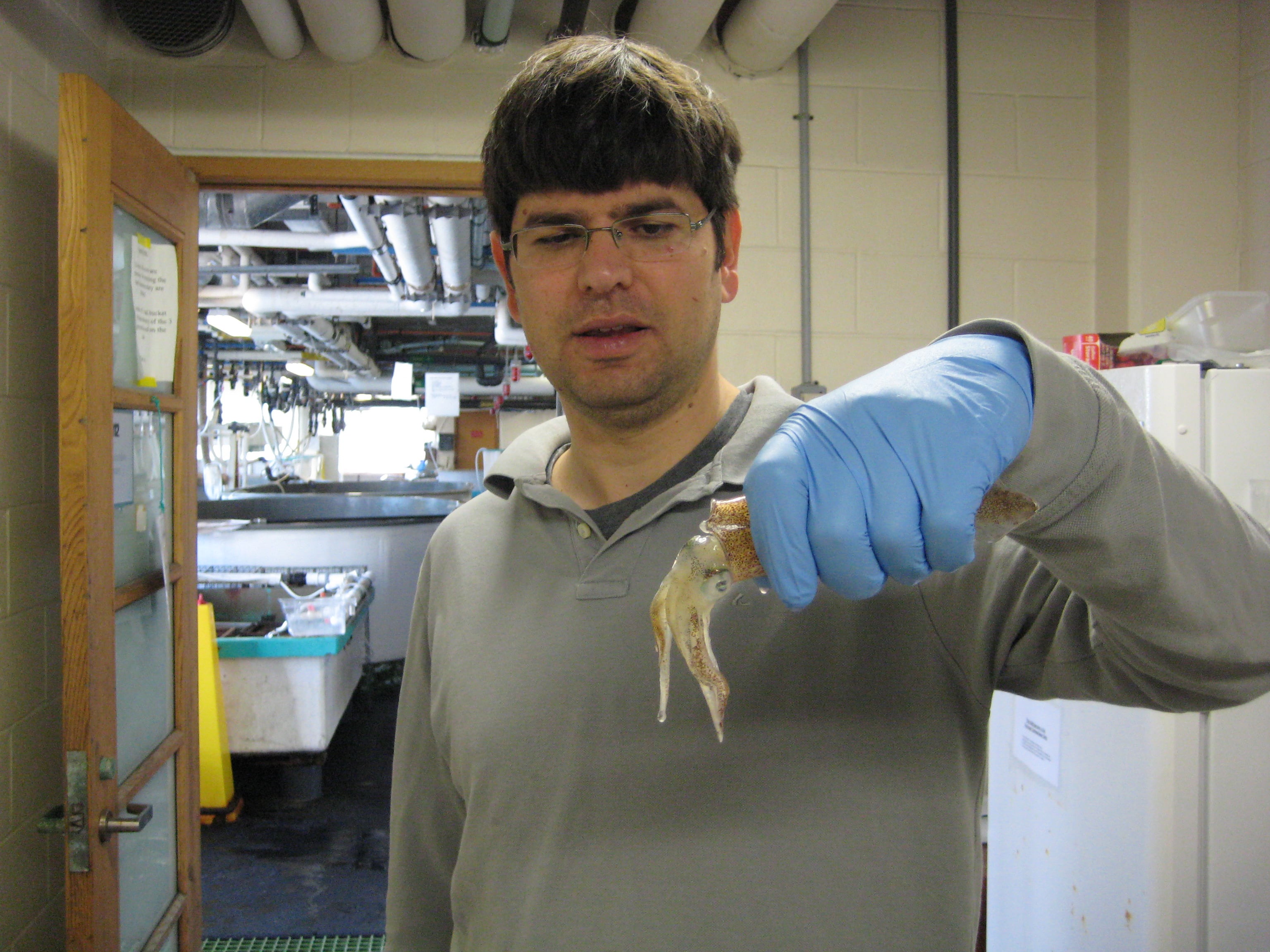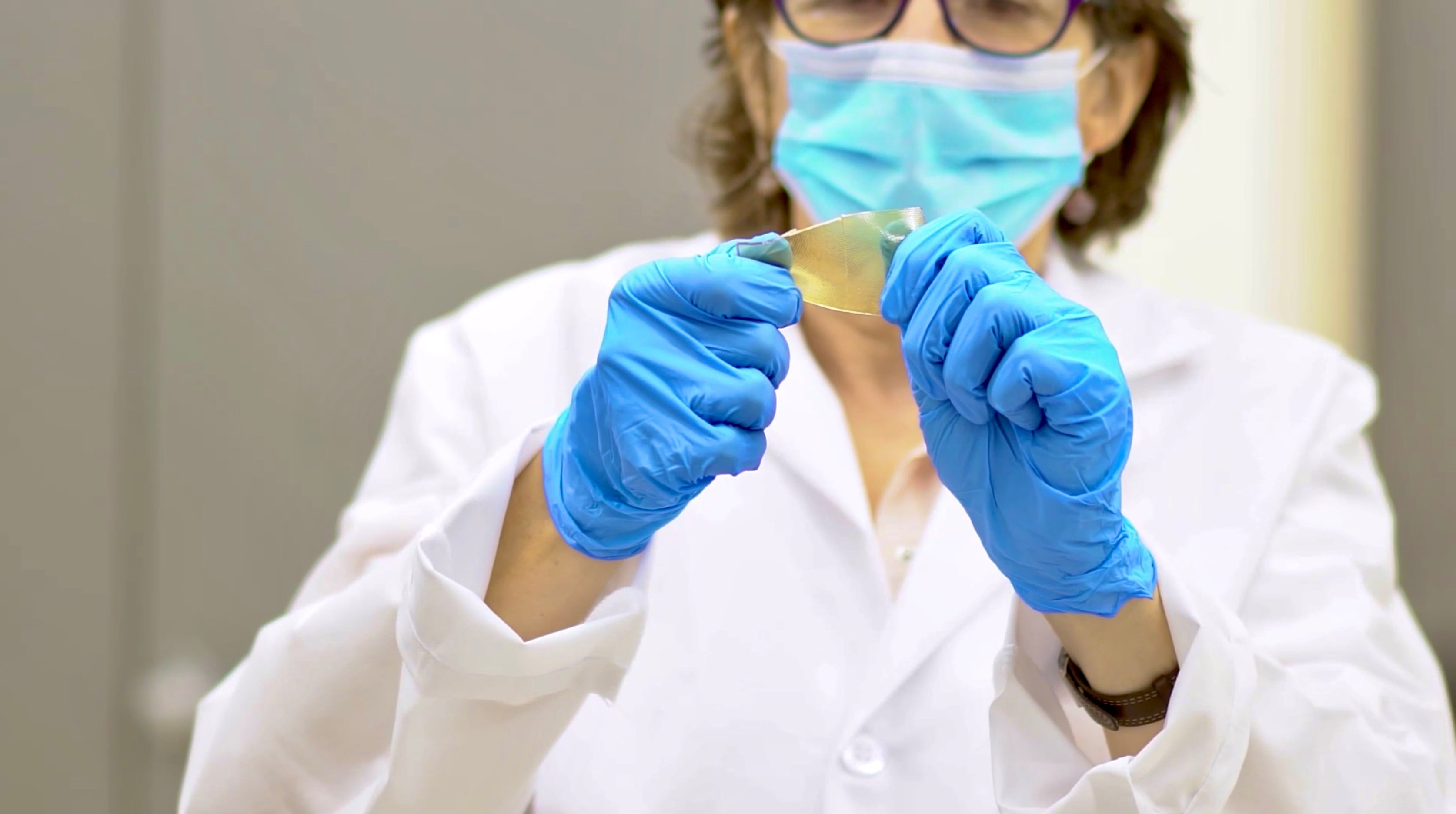Soldiers have a lot of drones at their fingertips. Some can loiter for days and are controlled from continents away. Others can be launched with the fling of a wrist, or unloaded from a rucksack, even pocket-sized nano drones for quick reconnaissance.
But what about a drone that could shape-shift midflight? Adjusting its wing form or size to beat back turbulence, morph into a slender version to dip into building windows and snoop around?
The Army’s working on it.
It won’t quite be like the T-1000 in the Terminator movie franchise. Though, instead of liquid metal, a memory-enabled plastic-like material.
Frank Gardea, a scientist with the Army Research Lab, part of the Combat Capabilities Development Command, talked with Army Times about recent research that has shown first steps in making the dream of a morphing drone come true, at least in a laboratory.
RELATED

“The plastics you see every day, basically once you make the part, it stays in that shape, in that form,” Gardea said. “So, what we did was we introduced some chemistry that would allow us to modify that part by stimulating it. We apply some stimulate and we can either create a shape change or recycle the new material for a new process.”
That “stimulating” is a temperature change. Basically, they heat the plastic.
Normal plastics will decompose under heat, especially the higher-strength plastics, which are exactly the kind needed to bear the weight of sensors or munitions or any other payload a drone might carry.
“In the basic studies we’re doing now, there’s this effect called a ‘shape memory’ effect,” he said.
That means the material itself can pretty much be programmed to remember a shape it held before or stimulated into a new shape that the operator has selected.
“In the future, we want to be able to embed low-level intelligence,” Gardea said. “By doing that, the material, at a very low level, is aware of its shape. It knows what shape it’s in and through interactions inside the material it can change into a different shape.”
Gardea and his team, which includes researchers Qing Zhou and Svetlana Sukishvilli, are partnering with the larger Army Research Office entities, some of which have done work in artificial intelligence that could be paired with the plastics work they’re doing now.
A science fiction fan, Gardea said some of this started with the questions, “Can we make the T-1000?”
But the more direct applications are shape changing drones and also other types of terrain-specific robots for the ground, subterranean or underwater options.
If a drone could shift its shape in flight it could react to weather conditions to fly more efficiently. It could also change to get into areas that it can’t currently reach.
That reduces the need for a fleet of various sized and types of drones with a variety of controllers.
A kind of “all-in-one” option, depending on the form factor.
The scientists did take some cues from nature, the sea cucumber, for example, can change its shape when stimulated. It can go from a flexible form to a very hard structure. There are also single-cell organisms — think like an amoeba from high school biology class, that can take on whatever shape needed to travel or to fit into tight spaces.
The ultimate goal would be an autonomous shape shifter.
This would be material, whether in drone or robot form, that could sense how and when it needs to change and do it on the fly.
But all of this is likely going to take decades. Gardea estimated 30 to 50 years even, to see a fully autonomous, shape-shifting structure that could be used for items such as drones.
“The immediate goal now is to do further testing, to understand what else we can get out of this material and computational studies also,” Gardea said.
They’ll examine other ways to stimulate the plastic, electrical current, light, humidity.
As the process moves forward, he sees embedding material into the plastics, either small robots or a component of a robot to test reconfigurability. Then the introduction of intelligence to the system.
Todd South has written about crime, courts, government and the military for multiple publications since 2004 and was named a 2014 Pulitzer finalist for a co-written project on witness intimidation. Todd is a Marine veteran of the Iraq War.




